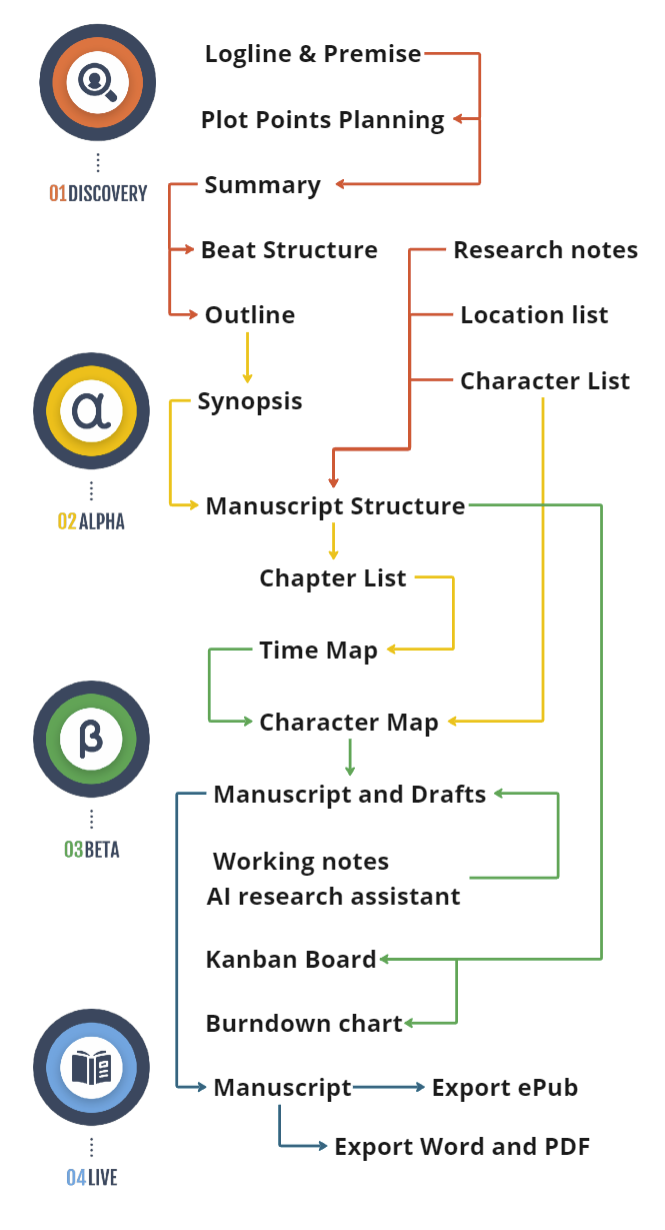Sometimes, your imagination outruns the tools at your disposal. You might envision an epic multimedia experience—complete with interactive maps, voice-acted scenes, and immersive visuals—only to realize you lack the budget, technology, or skills to bring it all to life. Or perhaps you have a story idea so sprawling that you can’t feasibly explore every thread, location, and character without losing your readers (or yourself).
Here’s a secret: constraints don’t have to curb your imagination. They can shape it in remarkable ways. When you face limitations—like a word count restriction or limited tech know-how—you’re forced to get creative. Think about the emotional core of your idea. Which elements are absolutely essential to conveying that emotion or message? You might not be able to show your fictional planet from every angle, but you can reveal a single, powerful scene that captures its essence.
In fact, many of the most compelling works in literature, film, or theater come from balancing big ideas with practical constraints. Authors refine complex themes into fewer characters. Filmmakers compensate for small budgets with innovative cinematography. As a writer, you can channel that same resourcefulness. If you have a vast world in mind but lack the resources to produce a fully illustrated companion, consider weaving descriptive sensory details into your prose or incorporating subtle hints of lore.
Ultimately, having an imagination bigger than your current technology or skill set is a gift. It means your mind is alive with possibilities. The key is learning to navigate the gap between dream and reality in a way that honors your vision without overwhelming you—or your audience. Embrace the challenge of working within constraints, and you might discover a more focused, emotionally resonant version of your story than you ever thought possible.




